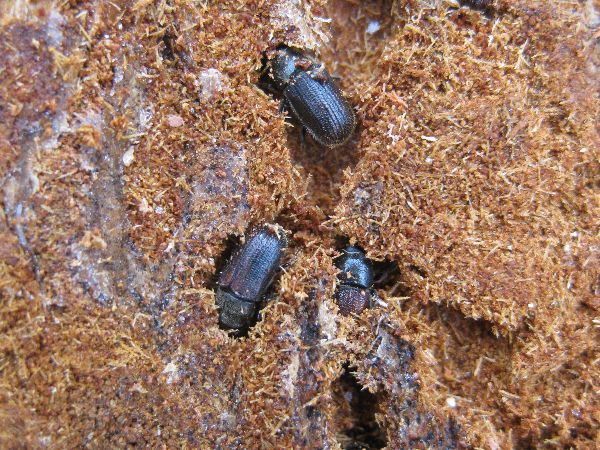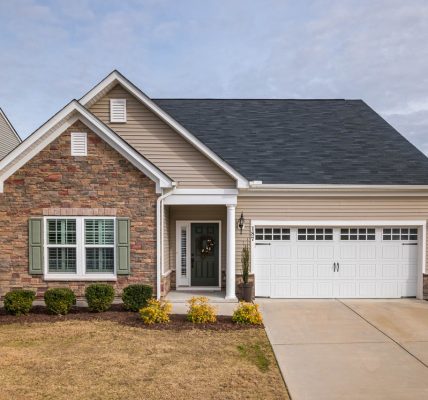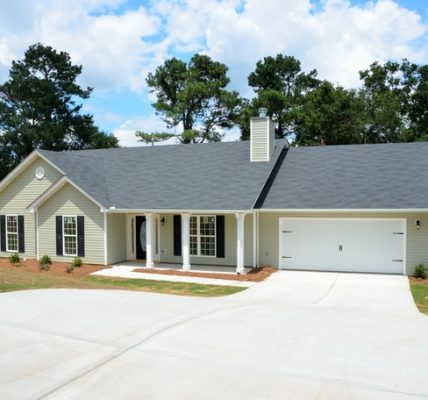Bark beetles often attack trees weakened by drought, disease or other sources of stress; such trees are helpless against an attack from bark beetles and cannot recover after becoming infested with these pests.
Identification of infestation can be done through the presence of pitch tubes or frass (sawdust-like material left by beetles), entry holes and crinkled foliage. Regular pruning of susceptible limbs and trunks will keep trees healthy and resilient against further attacks. Toledo Tree Service can help with this, you can visit their site here.
Tree Identification
Prevention of bark beetle attacks requires attentive pruning, soil management and vigor-promoting cultural practices. Avoiding wounding the trunks of trees during flight season for adult beetles is key; properly pruned elm and pine trees can reduce their susceptibility to attack; additionally unseasoned firewood stores near woody landscape plants is an attractive breeding source for some bark beetles.
Long-term impacts of beetle outbreaks remain uncertain, yet certain forest ecosystem strategies may help increase landscape resilience to future outbreaks. Forestry treatments like thinning and prescribed burning can increase resilience to future outbreaks by optimizing stand development trajectories, altering microclimates within stands, impacting beetle dispersal patterns, host finding behavior as well as encouraging tree vigor and diversity of species.
Large nursery stock or transplanted trees may be particularly susceptible to attacks by bark beetles and wood borers, depending on factors like planting location and time, planting method and follow-up care. A combination of factors, including planting method and seasonality of planting can strongly impact how a tree responds to stresses.
Tree Infestation
For signs of infestation on trees, you should look out for fresh pitch tubes; peel back bark from limbs or trunks and observe frass (wood fragments left after feeding); notice fading needles or leaves throughout the crown; or detect signs of new pitch tubes on branches. Preventative treatments can be applied during late winter or spring to combat bark beetle attacks by applying preventive treatments prior to any attacks or egg laying occurring by bark beetles.
Most conifer forests generally recover to some degree after an outbreak of bark beetle pests; however, climate change has dramatically accelerated outbreaks and destruction from bark beetles. Rising minimum temperatures may have freed certain species from their range limits to spread northward; for instance, firewood transport has enabled rapid spread of Emerald Ash Borers.
Tree Treatment
Different tree pests require specific solutions; for instance, gypsy moth should be treated by regularly spraying during the growing season, while an invasive Asian species called an Emerald Ash Borer destroys millions of American Ash Trees by tunneling under their bark and killing millions.
Tree trimming, pruning and other forms of care for trees is essential to creating a lush yard. Tree maintenance tasks such as these protect weakened branches from falling and causing property damage or injury – All Seasons Tree Care offers these services in Toledo via their team of ISA-certified arborists. All Seasons Tree Care also specialize in large projects like taking down diseased or dead trees as well as reshaping landscapes with crane operations.
Hansen’s Tree Service of Toledo is a family-owned and operated business, featuring an ISA-certified arborist team to offer tree care and landscaping solutions for both residential and commercial properties. Their experts can remove trees that threaten power lines or vehicles, as well as providing emergency tree removal for storm damages or fallen branches.
Tree Removal
Beetle infestation in woodlands weakened by forest thinning, logging and climate change can be an immense challenge for forest managers. They should regularly survey their woodlands in order to detect beetle outbreaks quickly and take swift actions against any major epidemics that arise.
Signs that bark beetles have infested a tree include small reddish-brown pitch tubes or sawdust-like substances known as frass on its trunk and branches. Examining an inner bark section for beetle galleries (phloem-cambial region) or peeling off sections to reveal emergence holes can also indicate their presence.
Carbaryl* (available only to landscapers with a pesticide applicator license) can effectively prevent bark beetle attacks when applied correctly, but this treatment must be applied to the entire main trunk and large branches before adults emerge; systemic insecticides injected under bark or applied directly into soil have not proven successful against bark beetles.





